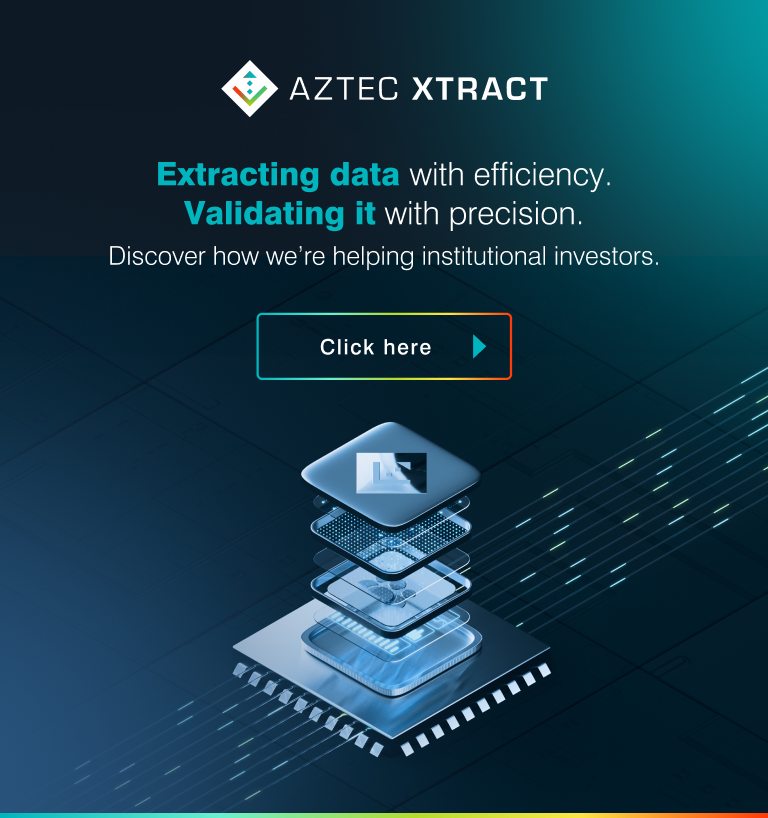Fund of funds managers operate in a complex investment landscape. While their primary focus is on selecting and allocating capital to the best-performing general partners (GPs), there is a growing need to look beyond fund-level data and drill down into the performance of the underlying portfolio companies.
In this article we’ll discover how information on the financial health, risk exposure, and operational performance of each individual company can provide deeper insights for the fund of funds manager into the overall portfolio, enhancing decision-making, and improving risk management. Achieving this level of transparency comes with challenges that require innovative solutions, including technology-driven data aggregation and analysis.
Traditionally, fund of funds managers have evaluated GPs based on their track record, strategy, and fund-level performance. While this remains critical, a fund’s success ultimately depends on the performance of the underlying portfolio companies. Ignoring this data can expose investors to unforeseen risks, such as concentration in underperforming sectors, liquidity issues, or misalignment with environmental, social, and governance (ESG) considerations.
However valuable having this data might be, fund of funds managers face several challenges in accessing and analyzing this information.
While the level of granularity varies depending on GP reporting standards, industry norms, and regulatory requirements, most fund of funds managers aim to track a core set of financial, valuation, risk, and operational metrics. A typical scenario involves receiving quarterly fund-level reporting with summarised portfolio company data, while annual reporting or ad-hoc disclosures provide deeper company-specific insights.
Most commonly requested in GP reports:
Typical scenario:
Fund of funds managers receive revenue, EBITDA, and net profit margin figures as part of quarterly fund performance reports. Cash flow and leverage data are often included annually or when a significant event (e.g. refinancing, acquisition) occurs.
Commonly tracked by fund of funds managers to assess investment outcomes:
Typical scenario:
Valuation updates typically occur quarterly, with additional insights provided when a portfolio company exit event takes place.
Used to identify vulnerabilities across portfolio companies:
Typical scenario:
Fund of funds managers analyse diversification metrics quarterly, while deeper due diligence on regulatory risks may be done annually or during a fund review.
Assesses business efficiency and scalability:
Typical scenario:
GPs typically provide only high-level operational performance data unless a fund of funds manager negotiates enhanced reporting access.
Growing in importance due to investor and regulatory pressures:
Typical scenario:
Larger institutional investors and impact-focused fund of funds demand more frequent ESG reporting, but for most, these disclosures occur annually or upon request.
Technology is playing a transformative role in helping fund of funds managers overcome these challenges and gain better visibility into portfolio company performance.
Here’s how:
Drilling down into portfolio company performance is no longer just an option for fund of funds managers – it is a necessity. As investors demand greater transparency, ESG considerations are more important, and market risks more complex, fund of funds managers must go beyond high-level GP reporting and analyse the underlying assets driving returns.
By leveraging technology and focusing on key financial, risk, operational, and ESG metrics, fund of funds managers can gain a competitive edge, optimise risk management, and ultimately enhance returns for their investors.
Aztec Group is at the forefront of technology designed to “simplify scale” and help fund of funds managers better manage data volume, while incorporating the composition and performance of portfolio companies.
Powered by AI and machine learning, our end-to-end data management solution, Aztec Xtract, automates the collation, extraction, and standardization of fund and portfolio company data for fund of funds structures.
Once processed, the data undergoes rigorous validation by our teams of expert accountants, ensuring accuracy and consistency. It is then seamlessly delivered through a secure, intuitive dashboard, enabling real-time analysis and reporting at the click of a button.
The result is reliable, structured, and decision-ready data that empowers fund of funds managers to act with speed and confidence.
To learn more about Aztec Xtract and how we’re supporting fund of funds managers with their data management and broader operational requirements, please contact James Duffield, Metz Vara, or Ore Adegbotolu.




To discover for yourself what makes us the bright alternative and how we can support, please contact James Duffield, our Group Head of Business Development.